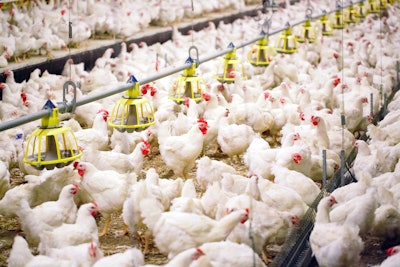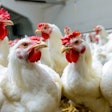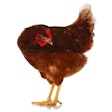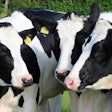
Following on this month’s theme, sparked by the debate on the usefulness of the net energy system in broiler feed formulation, we continue this week with its benefits, real and intangible.
So, let’s start from the last, which in many cases is the only benefit, especially when simple corn-soy feeds are fed. The net energy system is a concept that fits well with modern nutritional thinking. Terms such as precision nutrition, sustainability, conservation of resources, and similar modern trends will benefit from including an energy system that offers a closer match of feed energy to animal requirements. The power of marketing is real, and it should be not ignored by feed professionals, especially when their products interface with consumers.
The real benefits are debatable, as I discussed in my previous blog. A simple feed will have little to gain from changing, but a complex feed with many byproducts will probably see real benefits. Indeed, during the most recent Poultry Science Association meeting in Kentucky, it was reported that, using the net energy system in broilers, feed cost was reduced by 2% -- a number that is important in this industry, with its paper-thin margins.
Other benefits, more easily observed, were fewer foot pad problems. This can be explained easily and logically. The net energy system favors the use of low-protein diets supplemented with free amino acids. After all, many efforts for the adoption of the net energy system have been funded by such interested parties. Going back to low-protein feeds, we know that excess protein requires water to be dispersed properly. This extra water intake ends up in the litter, increasing its moisture content. And, wet litter is a major cause of foot pad problems. Thus, by using the net energy system, a higher concentration of amino acids was allowed into formulation, which in turn lowered the concentration of natural proteins such as soybean meal. This reduced excessive water intake, hence the fewer foot pad problems.
Before closing, it is important to notice that although feed cost savings can be easily lost by market prices, nobody today supports feeding excess protein to animals. At the same time, we should not follow the opposite trend, in that we deprive them of all natural proteins. Research has clearly shown there is a threshold below which animal performance fails. In other words, we cannot replace 100% soybean meal with free amino acids. The exact level is a matter of debate and each nutritionist has a number in mind. I follow the 4% rule, which was passed down to me by my Ph.D. professor, the late D.H. Baker from University of Illinois, an expert on amino acids.

















